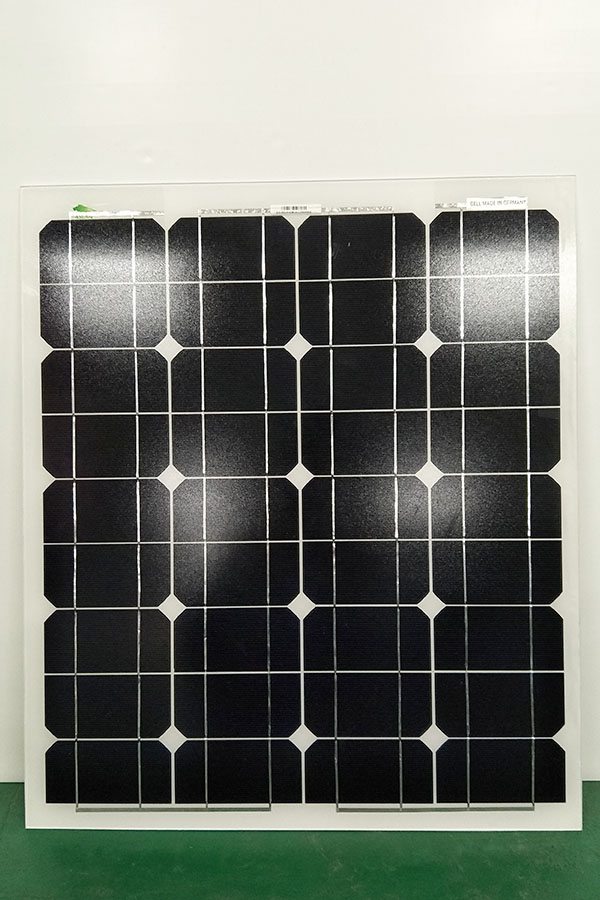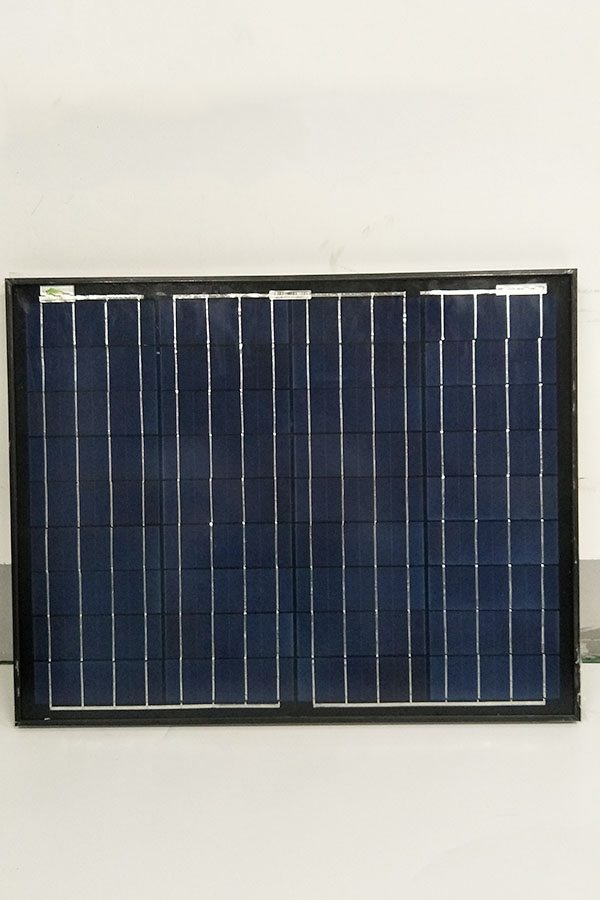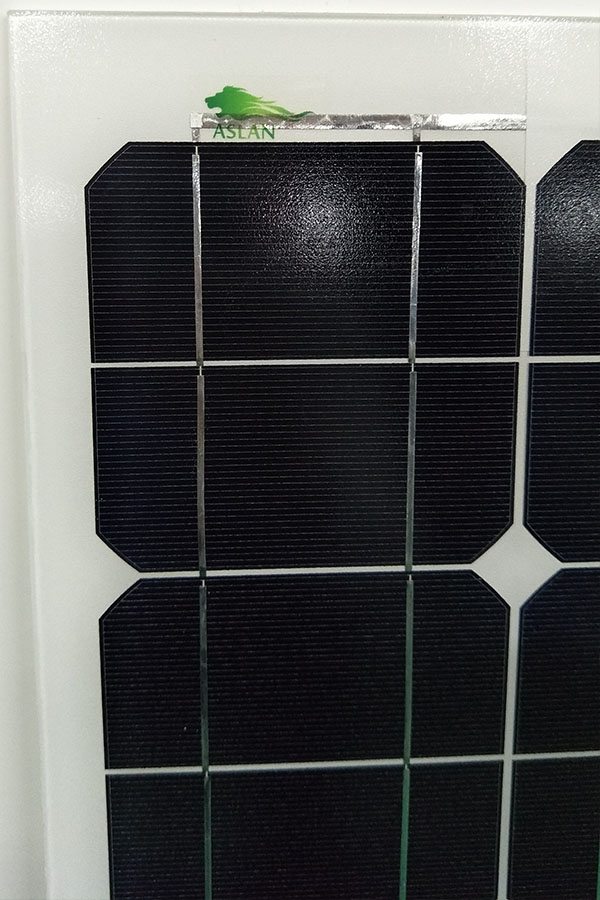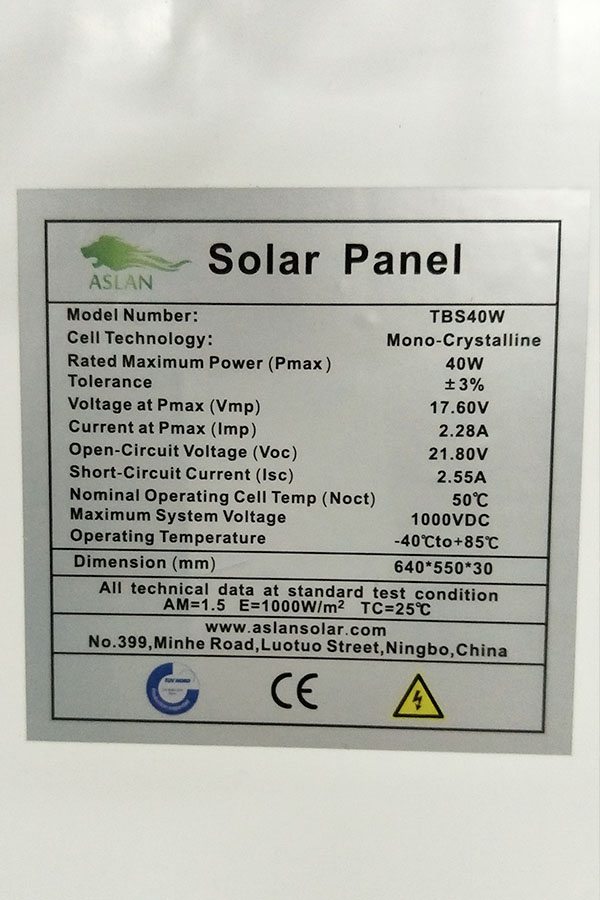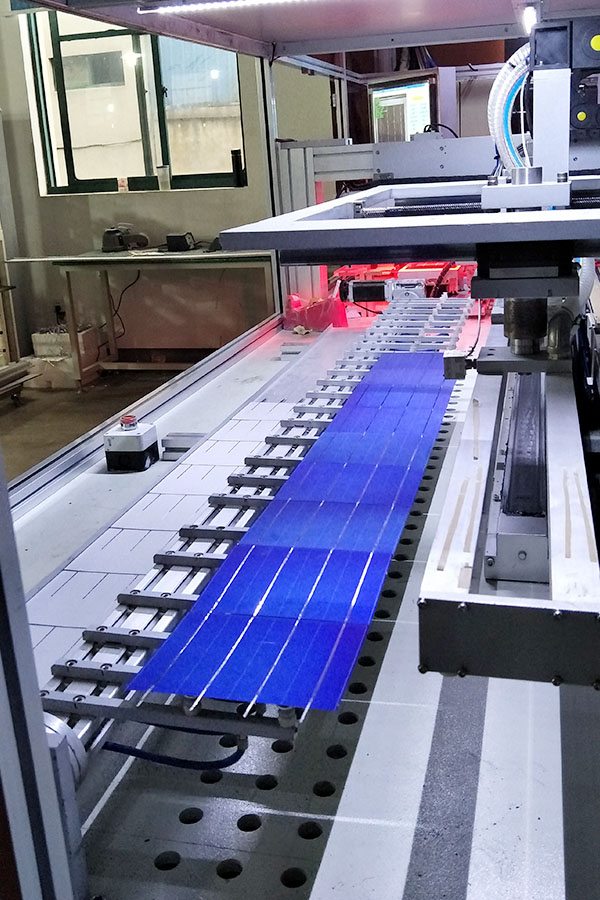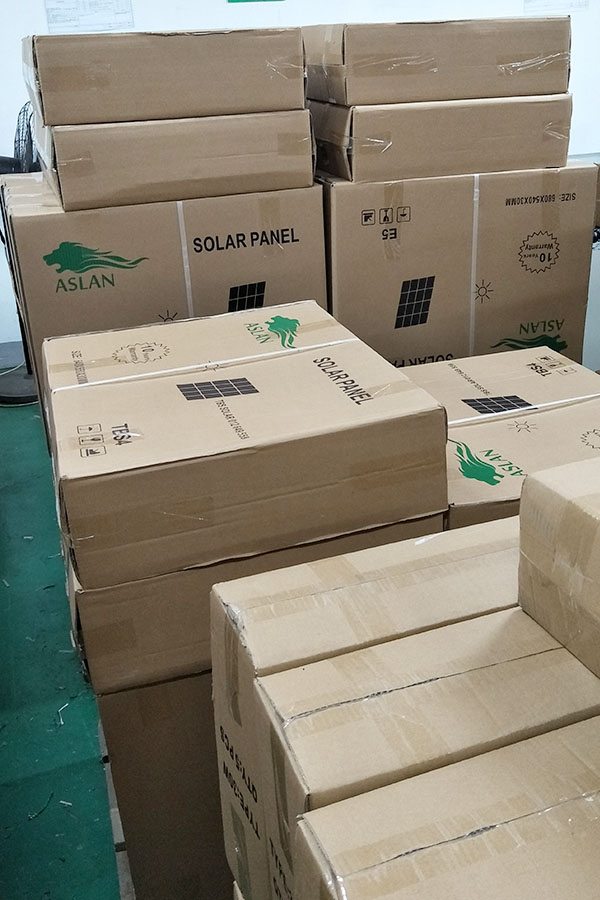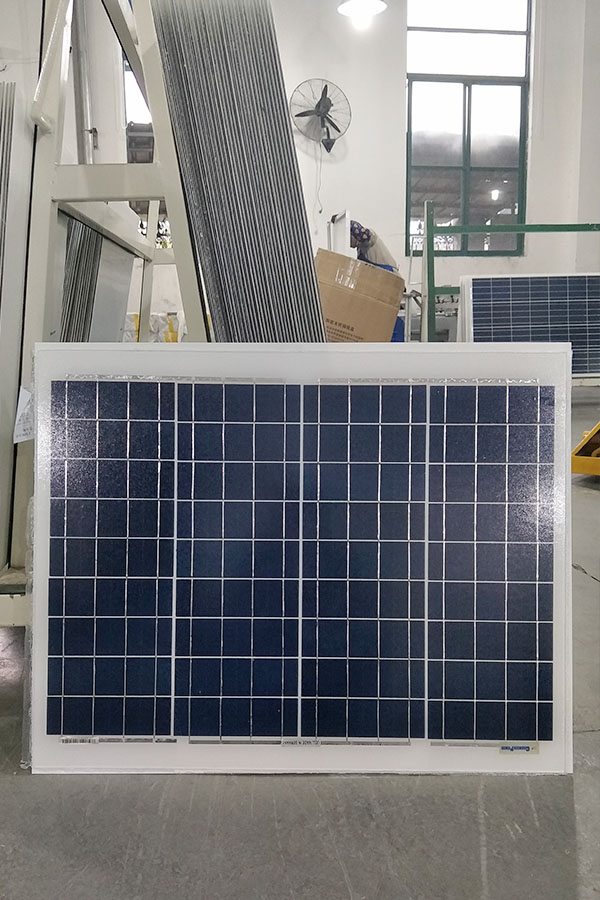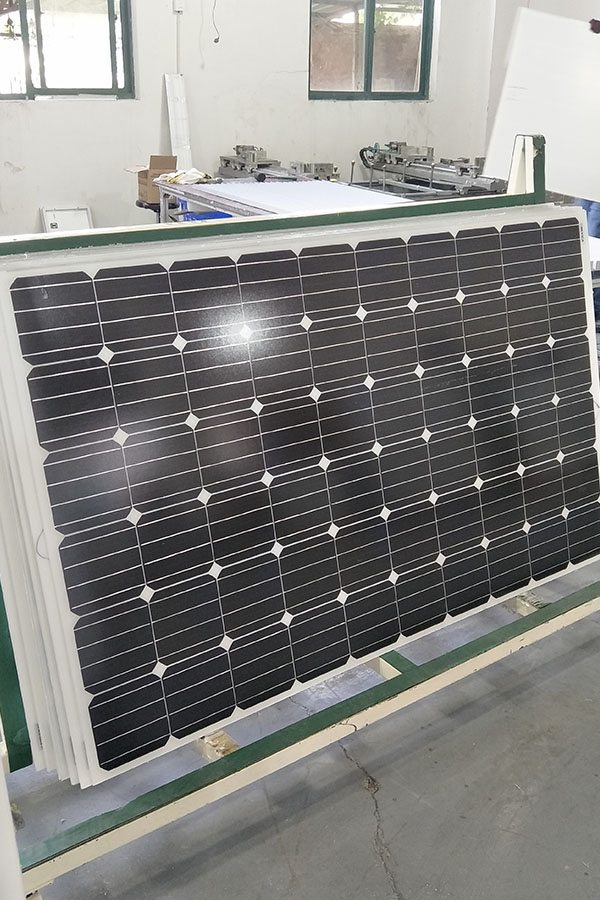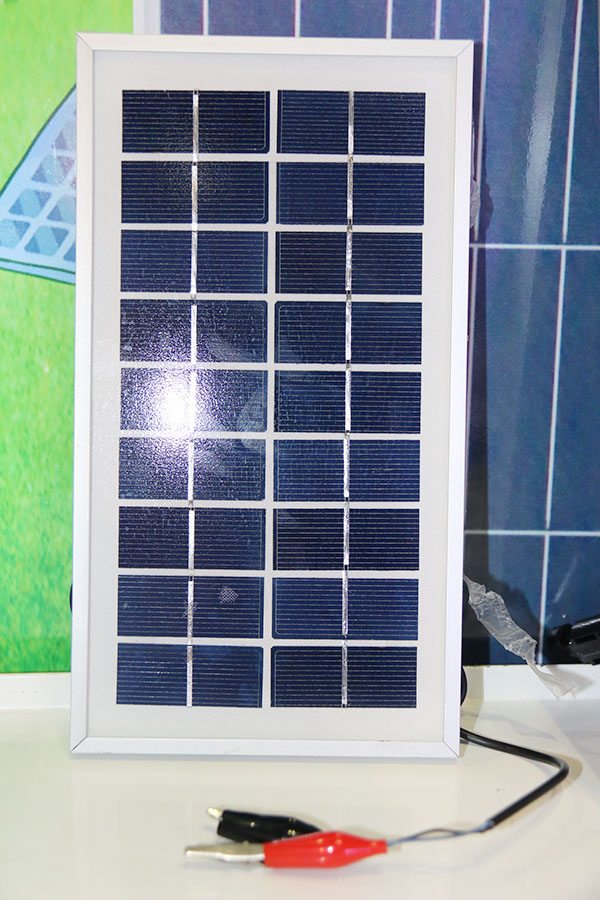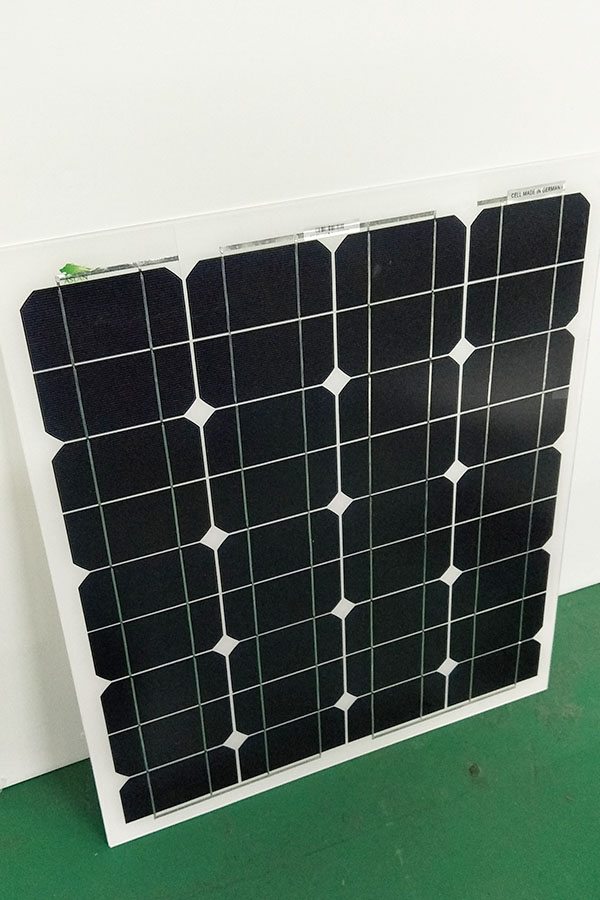OEM/ODM Factory for Mono-Crystalline 40W Solar Panel Factory from Guatemala
Short Description:
We believe in: Innovation is our soul and spirit. Quality is our life. Customer need is our God for OEM/ODM Factory for Mono-Crystalline 40W Solar Panel Factory from Guatemala, We warmly welcome your participation based on mutual benefits in the near future.
Mono-Crystalline 40W Solar Panel
Technical parameter
Maximum Power(W) 40W
Optimum Power Voltage(Vmp) 18.21V
Optimum Operating Current(Imp) 2.20A
Open Circuit Voltage(Voc) 21.83V
Short Circuit Current(Isc) 2.40A
Mechanical Characteristics
Cell Type Mono-crystalline 125×62.5mm
No of Cell 36 (4x9pcs)
Dimensions 636x554x25mm
Weight 4.2Kg
Front Glass 3.5mm,High Transmission, Low Iron,Tempered Glass
Junction box IP65 Rated
Output Cable TUV 1×4.0mm2/UL12AWG,Length:900mm
Temperature and Coefficients
Operating Temperature(°C): -40°C ~ + 85°C
Maximum System Voltage: 600V(UL)/1000V(IEC) DC
Maximum Rated Current Series: 15A
Temperature Coefficients of Pmax: -0.47%
Temperature Coefficients of Voc: -0.389%
Temperature Coefficients of Isc: 0.057%
Nominal Operationg Cell Temperature (NOCT): 47+/-2°C
Materials of solar panel
1).Solar Cell——Mono-crystalline solar cell 125*62.5mm
2).Front Glass——-3.2mm, high transmission, low iron, tempered glass
3).EVA——-excellent anti-aging EVA
4).TPT——-TPT hot seal made of flame resistance
5).Frame——anodized aluminum profile
6).Junction Box——-IP65 rated, high quality, with diode protection
Superiority: high quality anodized aluminum frame, high efficiency long life, easy installation, strong wind resistance, strong hail resistance.
Features
1. High cell efficiency with quality silicon materials for long term output stability
2. Strictly quality control ensure the stability and reliability, totally 23 QC procedures
3. High transmittance low iron tempered glass with enhanced stiffness and impact resistance
4. Both Poly-crystalline and Mono-crystalline
5. Excellent performance in harsh weather
6. Outstanding electrical performance under high temperature and low irradiance
Quality assurance testing
Thermal cycling test
Thermal shock test
Thermal/Freezing and high humidity cycling test
Electrical isolation test
Hail impact test
Mechanical, wind and twist loading test
Salt mist test
Light and water-exposure test
Moist carbon dioxide/sulphur dioxide
http://www.amazon.co.uk/gp/product/B00MMEWLSQ?tag=whitestuffpre-21
It is that time of year to change the tilt angle on my solar panels for the lower winter sun. I built my solar panel rack to tilt from about 12* in the summer to 57* in the winter to maximize solar energy capture.
The rack is large enough to hold 4 – 1m wide panels, I currently have 3 of those (@ 270w ea.) plus my smaller pair of 60w panels and room for the two 15w amorphous panels, this was covered in more detail on the solar system overview video series.
I find the rack is fairly stable in the wind. Since it pivots in the center, wind forces top and bottom mostly balance out. In my location, strongest storm winds come in from the SE-SW, so are blowing onto the face of the panels.
One end of the pivot ties into the roof peak of the house and the other end is a 4×6 post up from the patio roof. Winds push the panels into the supports, so that is a compression load. If there is a really strong winter storm, I can tilt the panels to the summer angle where the rack is almost flat and rests on the corner of the house roof. Last winter the rack did fine in the storms, but I only had it fully populated the last part of the season.
As far as the cost, if you assume about a 1kw array and a 6% output increase, that is about 60w. So if the adjustment system costs more than a 60w panel, I could just buy another 60w panel and call it good. But with my design, there is really no extra cost for the adjustability, I would need pretty much the same structure to support the panels if they were fixed or adjustable. IN fact I think making the rack adjustable was less expensive and easier to construct as I had to assemble it all piece by piece up on the patio roof,
Charles Landau has a great web page on solar panel tilt angle, here is the link I promised:
- http://www.solarpaneltilt.com/
Mt. Landau provides all the tables and formulas to work out your ideal tilt angles and more.
BTW, this is the first video I have shot with the new (to me) Canon Vixia camcorder. Still learning the ins and outs of it. Let me know if you like the higher resolution and wide screen format in the comments section below. Also, I did not set the white balance, so the colors are a bit washed out from the Auto WB setting.
